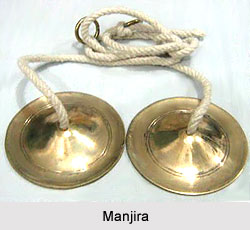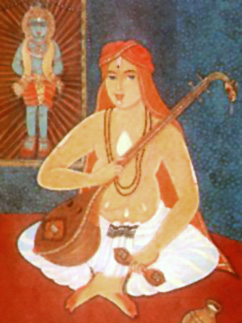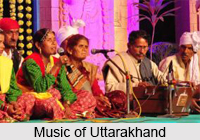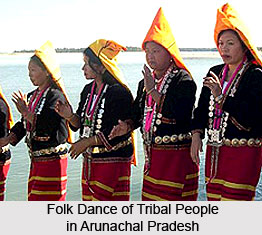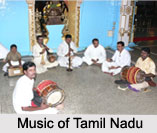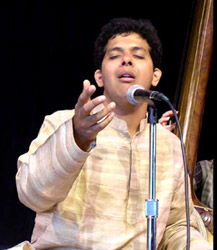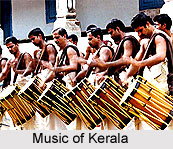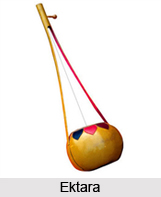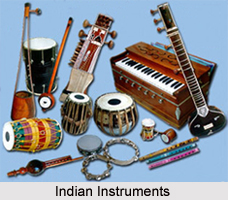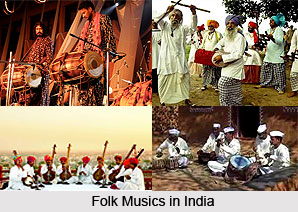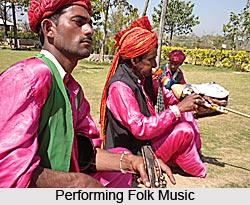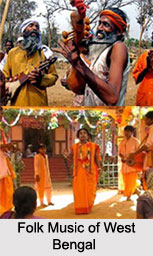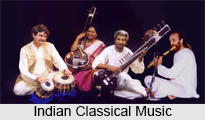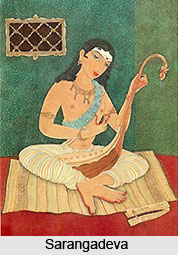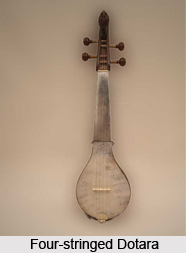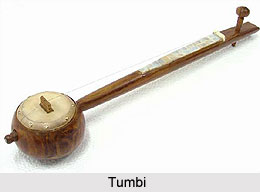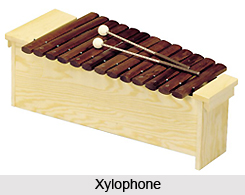Dhrupad belonging to Gaurahara has been sung most famously by Pundit Bharataji Vyasa. It is sung in the Raaga Jogiya and the Tala is Chautala. The Jogiya Raaga is a rather somber Raaga and is said to evoke Karuna Rasa, the sentiment of pathos. It is best suited for the early hours of the morning. Its Vadi is sa and samvadi is ma. It belongs to Bhairava Thaha. Some singers sing it with five notes in Aroha (ascent) as well as in Avaroha (descent).
The Alaap, in this example of Gaurahara Dhrupad is sung only in one tempo. It lasts only three minutes and is sung in nom tom. It is commenced with madhya sa as well as ended on the same note. In the beginning, the Alaap is sung in the lower part of the middle register then gradually sung in the higher registers. The range of its tonal values is from madhya sa to tara komala dha .The singer shows the importance of Sa which is the Vadi Svara of this Raaga by singing it for a relatively longer period. Similarly he emphasizes the note ma, the Samvadi, by the repetition and singing it with embellishments. He sings ma with a touch of komala dha. The Gamakas are used infrequently.
Immediately after the Alaapa the singer sings the Sthayi. He commences it with madhya komala re and ends it with madhya sa. The range of tonal limits is from madhya sa to tara komala re. He sings minda from madhya komala dha to tara sa) and madhya ma to madhya komala re. The sama of Stahyi falls on high sa. After singing Stahyi in Thaha (basic rhythm) he sings Antara in Thaha. Antara starts with middle ma and ends with madhya komala re. Here he again sings minda from madhya komala dha to madhya ma and from madhya komala dha to madhya komala re.
After the Antara he again sings the whole Sthayi in Thaha. The melody of the Stahyi shows a slight change from before. This change is on account of a different ornamentation of notes. After this he sings Sanchari which commences with madhya komala dha and ends with madhya sa. The tonal range is from madhya sa to tara komala re. He sings mindas similar to those sung earlier. After Sanchari he sings the Mukhda in the same melody as that of Stahyi in earlier occasions. After this he sings Abhoga in Thaha. He commences it with madhya komala dha and concludes it with madhya sa (middle C). The tonal range of Sbhoga is from madhya sa to tara komala dha. After singing dbhoga, he sings the whole Stahyi again in Thaha. The melody of Sthayi shows a very slight change from earlier times. After the Sthayi he once again sings Abhoga in Thaha. The notes of Abhoga remain the same as before but there is slight variation in ornamentations. Thereafter the performance is concluded by singing the first Avarta of Sthayi.
